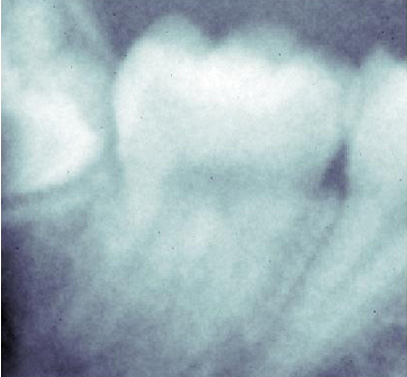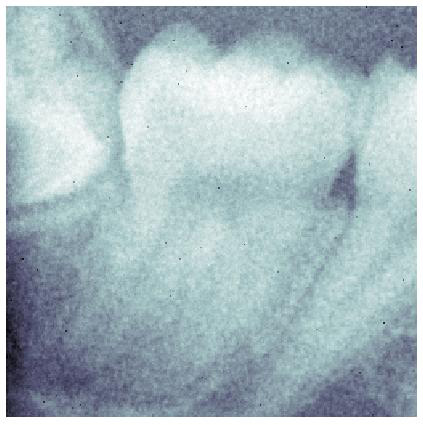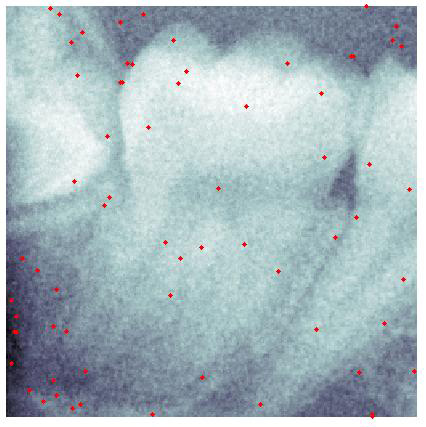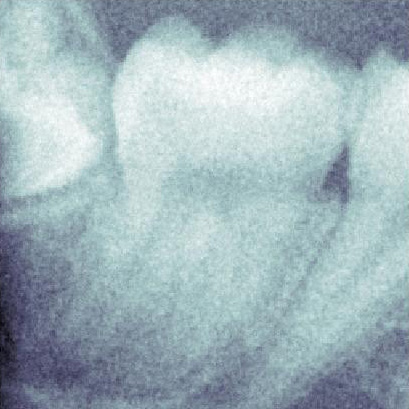Radiographic Impulsive Noise removal (RaIN) filter - abstract
Digital radiographic images are corrupted by different
kinds of noise. The major one has a Poisson statistic and it is associated
with the photon counting process [1], [2], [3]; A/D conversion and data
transmission constitute additional sources of noise; in particular, they
can introduce impulsive noise [1], [2], [3]. Although impulsive noise can
be poorly visible in the raw image (Fig. 1), its effect becomes dramatic
when the image is manipulated (for instance though gamma transformation
or unsharp masking) to increase the constrast and the visibility of the
anatomical details (Fig. 2).
|
|
|
To avoid this undesiderable effect, impulsive noise has to be removed
from the image before applying any processing algorithm. To this aim,
we have proposed a new filter (called RaIN), based on a switching scheme,
where all the pulses are first detected and then corrected through a
median filter [1], [2]. The pulse detector is based on the hypothesis
that the major contribution to image noise is given by the photon counting
process, with only some pixels corrupted by impulsive noise. Such statistics
is described by an adequate mixture model, which is used to identify
the pixels corrupted by impusive noise (Fig. 3).
|
|
|



